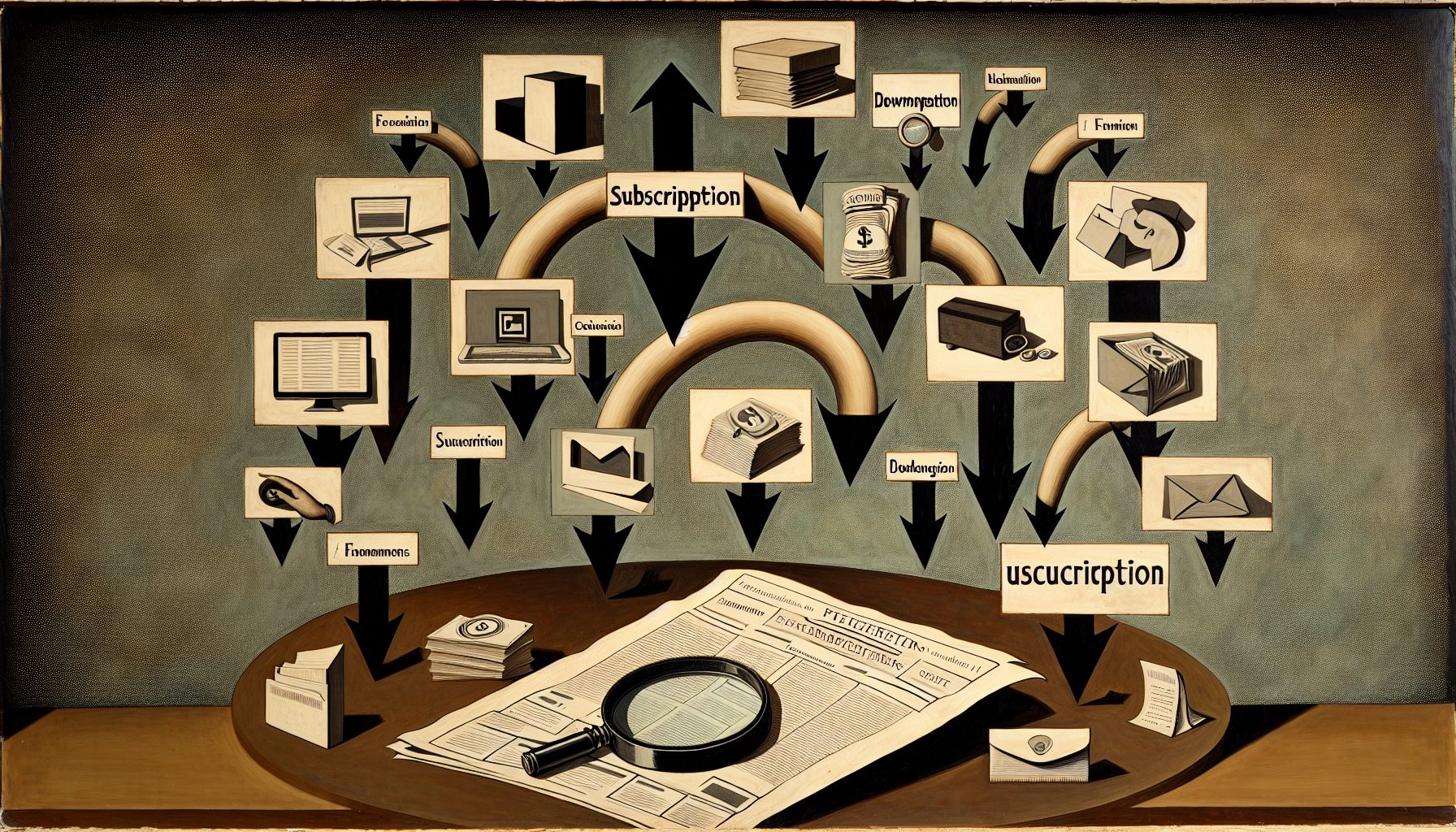A recent comprehensive review by RevenueCat has disclosed that the majority of subscription-based mobile applications aren’t bringing in enough green. These studies, including almost 30,000 apps from over 18,000 developers, found that about 80% couldn’t generate enough revenue to keep the lights on.
Moreover, conversion rates were on the lower side across all categories. The few apps that did turn in a decent income were just enough to maintain a modest workforce. This calls into question the feasibility of relying entirely on app revenue.
Quick stat drop: only the top 5% of subscription apps generated a whopping 200 times income more than those in the bottom 25%. Still, half of these apps don’t earn more than 50 bucks a month during their first year. The number of apps that surpassed the $1K monthly revenue mark? A measly 17.2%.
In contrast, once an app broke the $1K revenue barrier, 59% went on to rake in more than $2.5k monthly. 60% of these even managed to crack the $5K mark, although only 3.5% reached the lofty heights of $10K per month.
When it comes to app categories, health and fitness took gold, generating at least twice the money compared to others. In contrast, travel and productivity apps, even their best, scraped in less than $1K per month after a year. Gaming apps fared better, nearly reaching on average, that sweet $10K mark per month.
While it might seem unprofitable for many, the subscription app business is on the rise. The average monthly subscription price is now $8.01, a 14% jump from the previous figure. On the flip side, user retention dropped 14% within a year, pointing to shifting market trends.
That leads us to this: businesses must innovate to retain and grow their user base. Flipping the focus from attracting new users to increasing existing user engagement and satisfaction is a big step in the right direction.
However, the subscription model hasn’t entirely escaped criticism. Many argue that a lot of apps simply don’t deserve the subscription charges. Critics have proposed a one-time-payment model, which assures users they’re only paying for what they use. The suggested model also presents various challenges, with financial sustainability being the primary concern.
Finally, the report highlighted the significant changes occurring in the EU App Store, such as new emojis, podcast transcriptions, improved privacy enhancements, and tech upgrades. Expect to see more AI-focussed features and localized content in the coming software updates.









